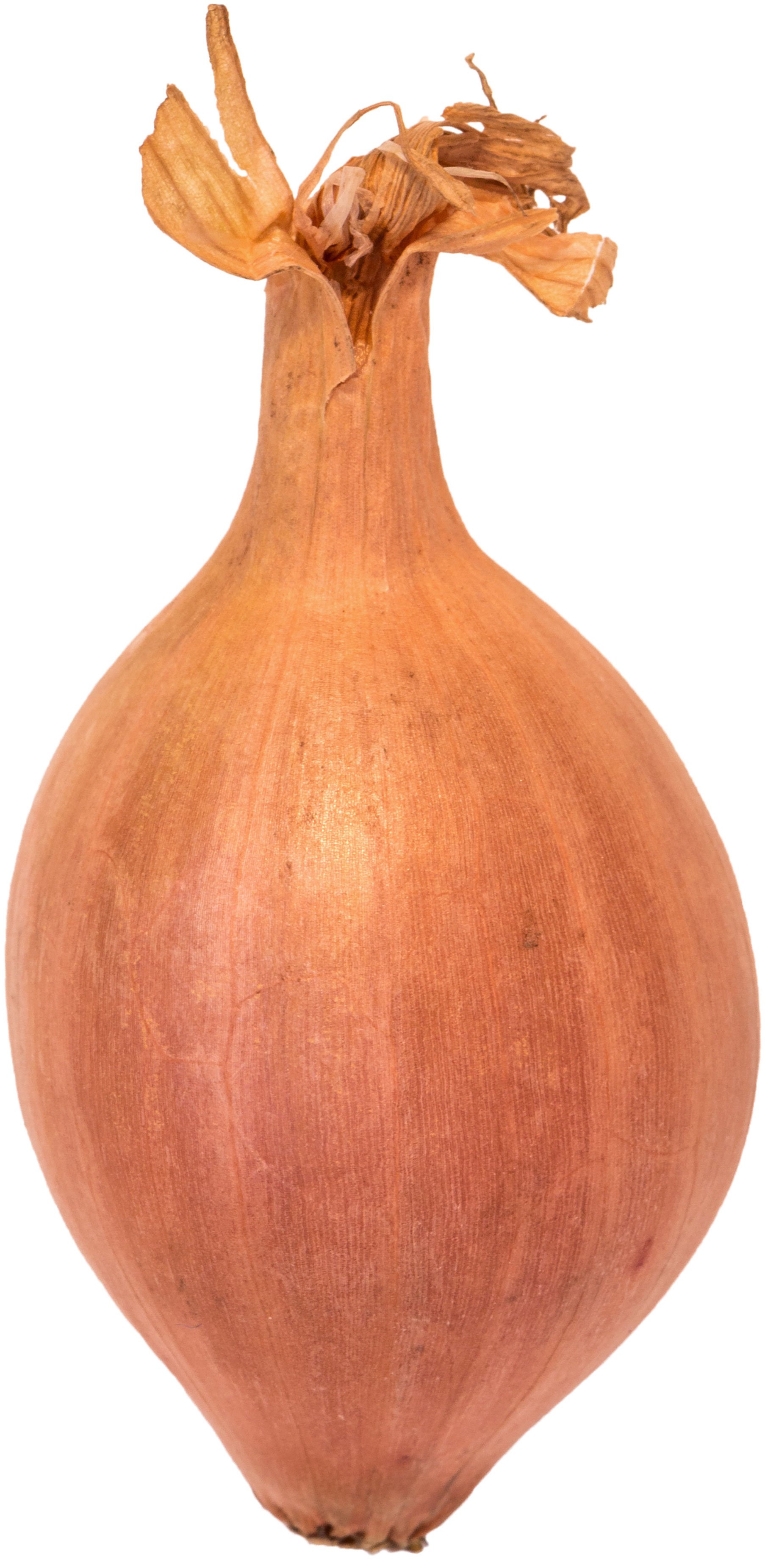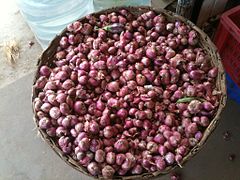How to Grow Shallots - Organic Gardening Blog
Por um escritor misterioso
Last updated 17 novembro 2024
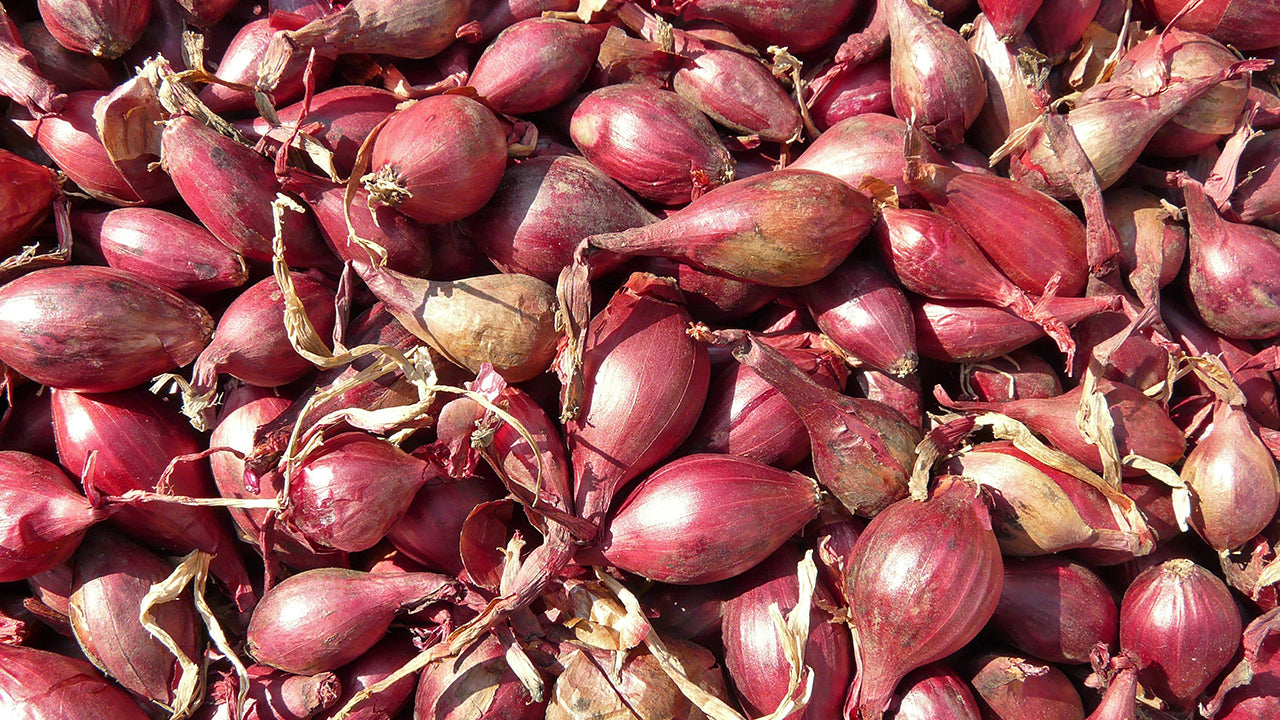
Learn to grow shallots with our handy growing guide; from how to prepare your soil, which bulbs to plant, spacing, fertilizing, and when to harvest.
Preparation Shallots are very tolerant to a wide range of soils. They can be grown in acidic soil down to 5 pH, but prefer 6.0–6.8 pH. Best to plant in fertile, well-drained soil. The looser the composition of the soil, the larger your shallots will grow. Prepare your shallot bed by turning under or tilling in compost (be sure to use compost that is fully aerobically broken down and contains animal manures and plant residues, rather than cedar or redwood). Make sure your soil has ample phosphorus. Gophers love shallots as much as they like garlic; protect your beds with gopher wire or traps. Planting & Growing Shallots are planted from bulbs, rather than cloves like garlic. Also if you plant smaller shallots, you tend to get larger bulbs produced in the following harvest. Shallots should be spring planted in very cold areas. Separate multiple bulbs and plant each individual bulb, root end down. Space 6–8” apart with 10–12” between rows. Plant just deep enough so that the tip lies level with the soil surface. Unlike garlic, which forms a bulb from a clove, shallots will form a cluster of 5–12 bulbs around the original bulb. This cluster will spread out more than a garlic bulb and therefore requires more space between plants. Do not use mulch as it may rot bulbs, which are not strong enough to push through mulch. After planting shallots, water well or lightly if in heavy soils, and only water again when the soil is dry. Remember, shallots love water and food, but they must have good drainage or the bulbs will rot. In the spring, feed the shallots with either composted manure or a well-balanced fertilizer before the bulbs begin to enlarge. Keep the bulbs well watered and weeded; they grow best with at least 1” of water per week. Remove any seed stalks that form to focus the shallots’ energy into forming bulbs. Harvesting Your shallots can be harvested when leaves turn brown and begin to fall over. Loosen the soil and dig up the shallot cluster. Remove soil and cure in a well ventilated shady location for about 1 month. After cured, remove dried tops and store in a cool (50°F) dry location (away from apples and tomatoes which give off ethylene gas). Can be stored in mesh bags. Save the smaller bulbs for replanting.
Preparation Shallots are very tolerant to a wide range of soils. They can be grown in acidic soil down to 5 pH, but prefer 6.0–6.8 pH. Best to plant in fertile, well-drained soil. The looser the composition of the soil, the larger your shallots will grow. Prepare your shallot bed by turning under or tilling in compost (be sure to use compost that is fully aerobically broken down and contains animal manures and plant residues, rather than cedar or redwood). Make sure your soil has ample phosphorus. Gophers love shallots as much as they like garlic; protect your beds with gopher wire or traps. Planting & Growing Shallots are planted from bulbs, rather than cloves like garlic. Also if you plant smaller shallots, you tend to get larger bulbs produced in the following harvest. Shallots should be spring planted in very cold areas. Separate multiple bulbs and plant each individual bulb, root end down. Space 6–8” apart with 10–12” between rows. Plant just deep enough so that the tip lies level with the soil surface. Unlike garlic, which forms a bulb from a clove, shallots will form a cluster of 5–12 bulbs around the original bulb. This cluster will spread out more than a garlic bulb and therefore requires more space between plants. Do not use mulch as it may rot bulbs, which are not strong enough to push through mulch. After planting shallots, water well or lightly if in heavy soils, and only water again when the soil is dry. Remember, shallots love water and food, but they must have good drainage or the bulbs will rot. In the spring, feed the shallots with either composted manure or a well-balanced fertilizer before the bulbs begin to enlarge. Keep the bulbs well watered and weeded; they grow best with at least 1” of water per week. Remove any seed stalks that form to focus the shallots’ energy into forming bulbs. Harvesting Your shallots can be harvested when leaves turn brown and begin to fall over. Loosen the soil and dig up the shallot cluster. Remove soil and cure in a well ventilated shady location for about 1 month. After cured, remove dried tops and store in a cool (50°F) dry location (away from apples and tomatoes which give off ethylene gas). Can be stored in mesh bags. Save the smaller bulbs for replanting.
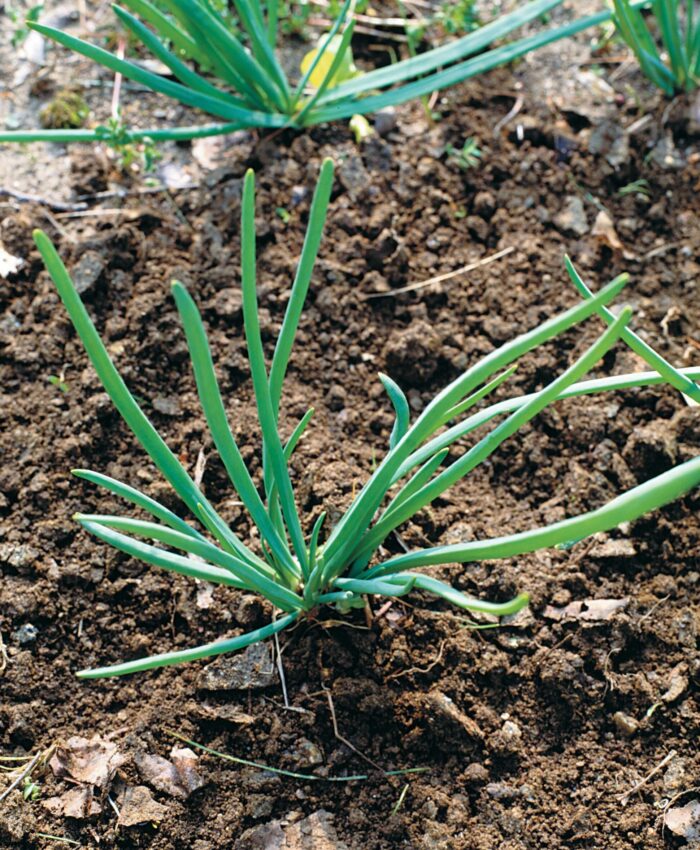
How to Grow Shallots - FineGardening
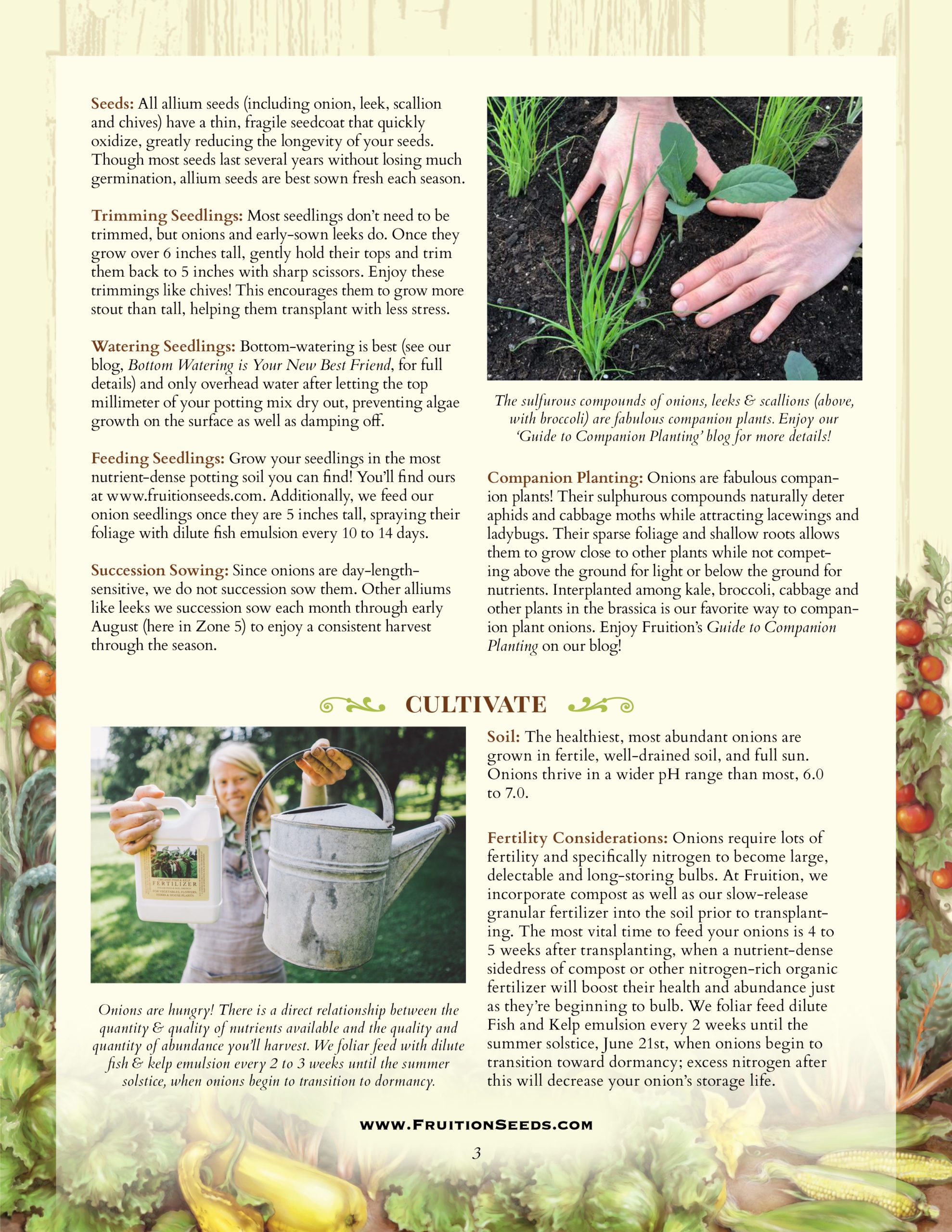
Organic Dutch Red Shallot - Fruition Seeds
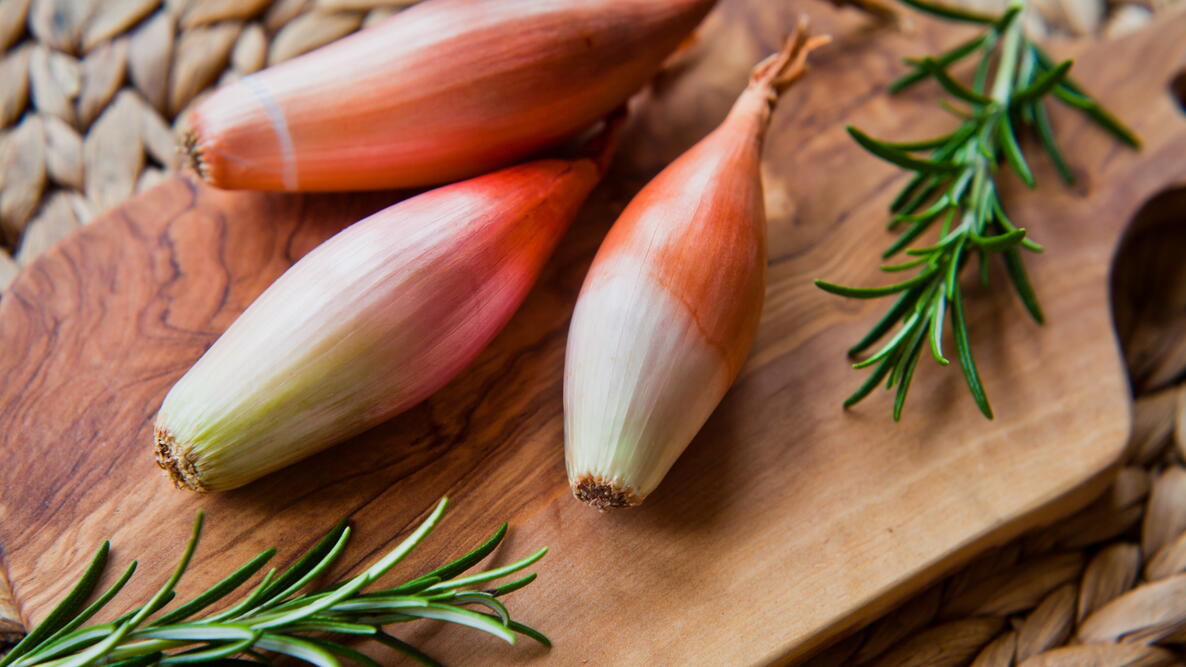
Shallots
:max_bytes(150000):strip_icc()/growing-shallots-in-the-vegetable-garden-1403464-05-1796c7dd69ea4451b9c5645af4526fd5.jpg)
How to Grow Shallots

All About Growing Shallots – Mother Earth News
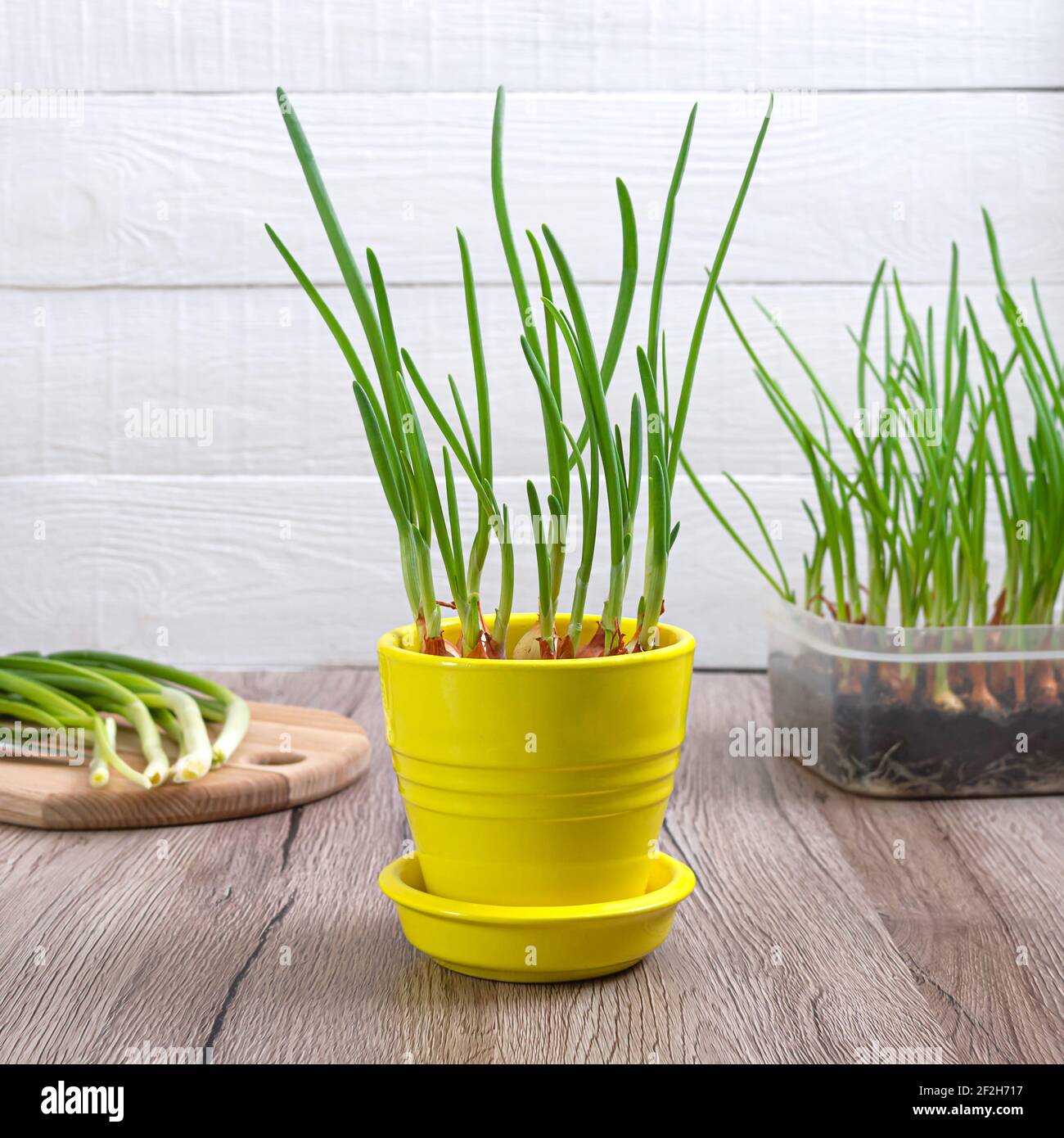
Growing green onions shallots. Organic vegetable plant in pot
Growing Shallots

Cultivating Shallots from Your Garden
Savor the sweet, mild flavor of this large, easy-to-peel eschalion (banana) type shallot. Very popular with chefs, it is technically a cross between a

Zebrune Shallot Onion Seeds
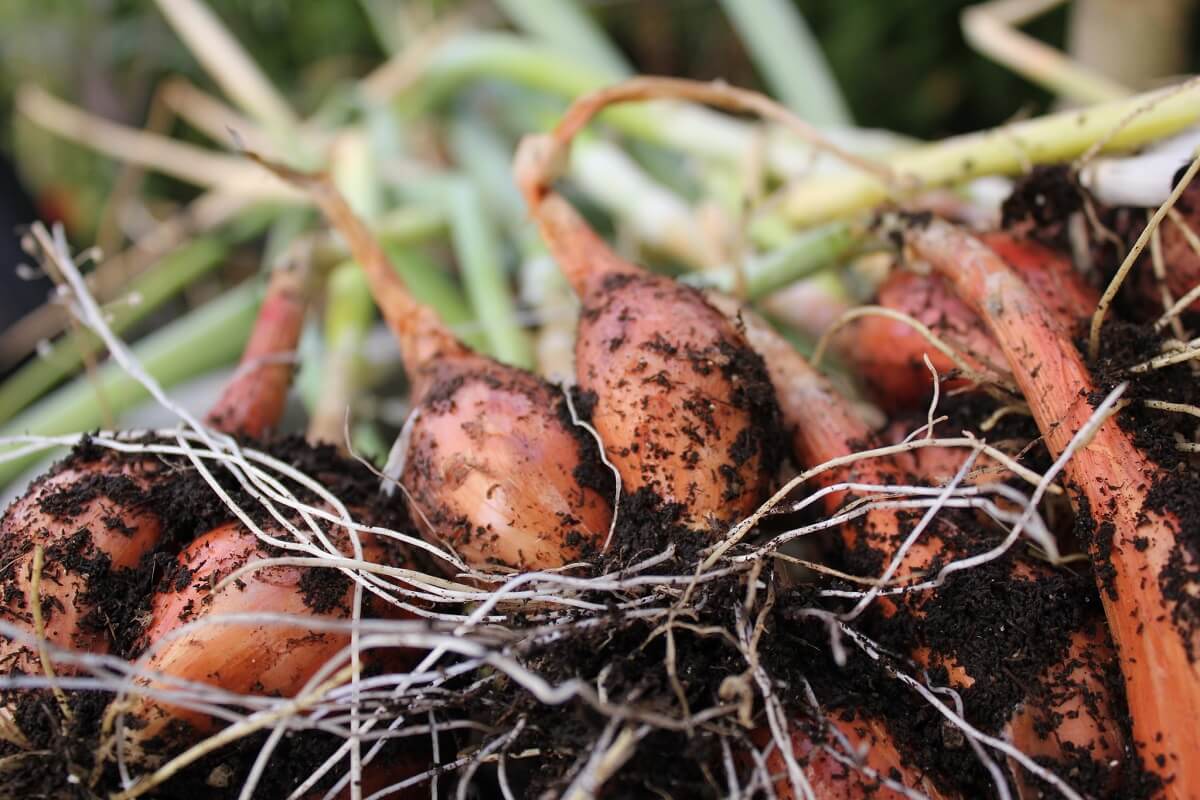
Growing Shallots • Insteading

How to Grow Shallots - Organic Gardening Blog

Shallots vs. Onions, What's The Difference?
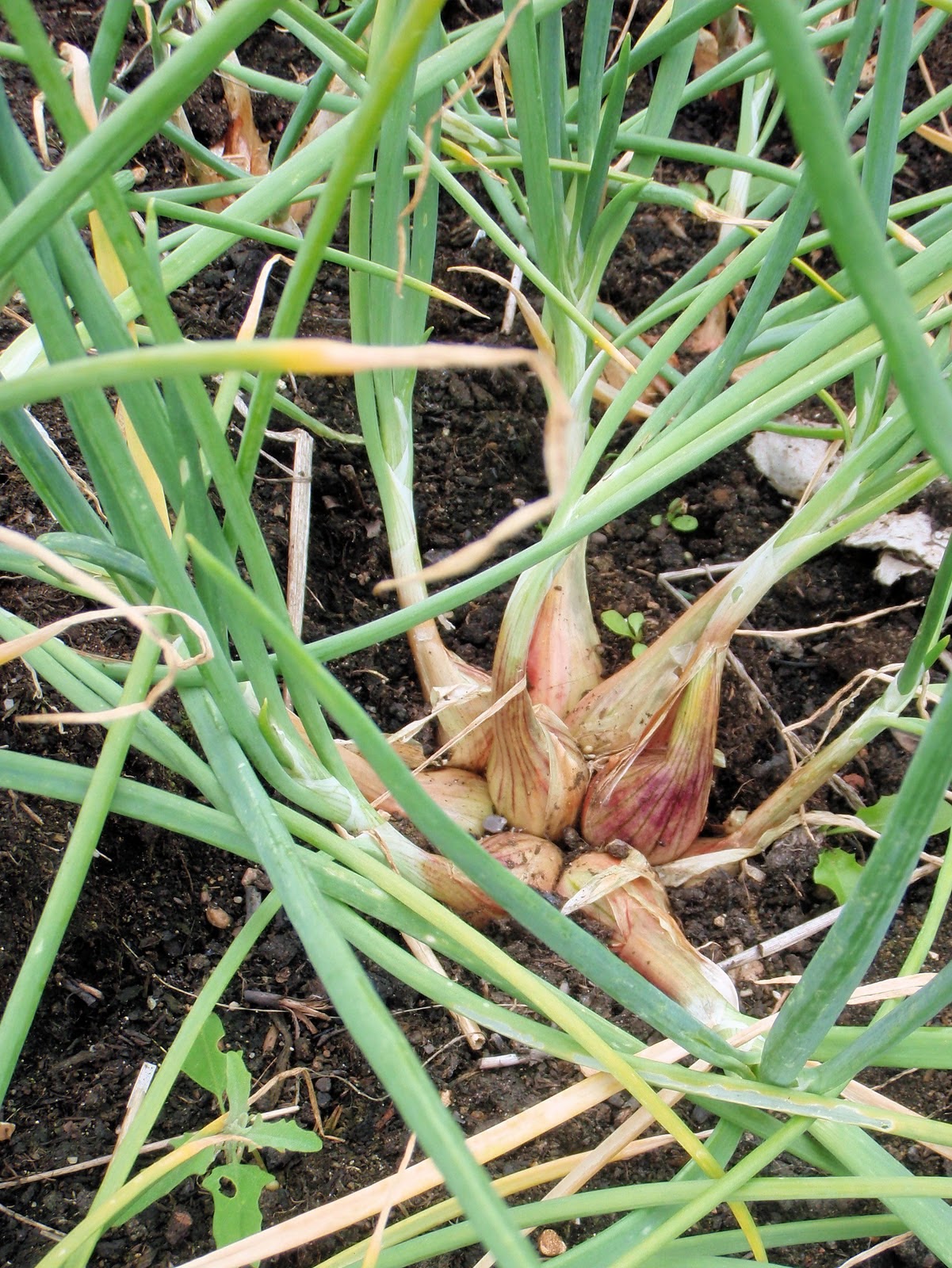
Growing Shallots
Recomendado para você
-
 What Is a Shallot?, Cooking School17 novembro 2024
What Is a Shallot?, Cooking School17 novembro 2024 -
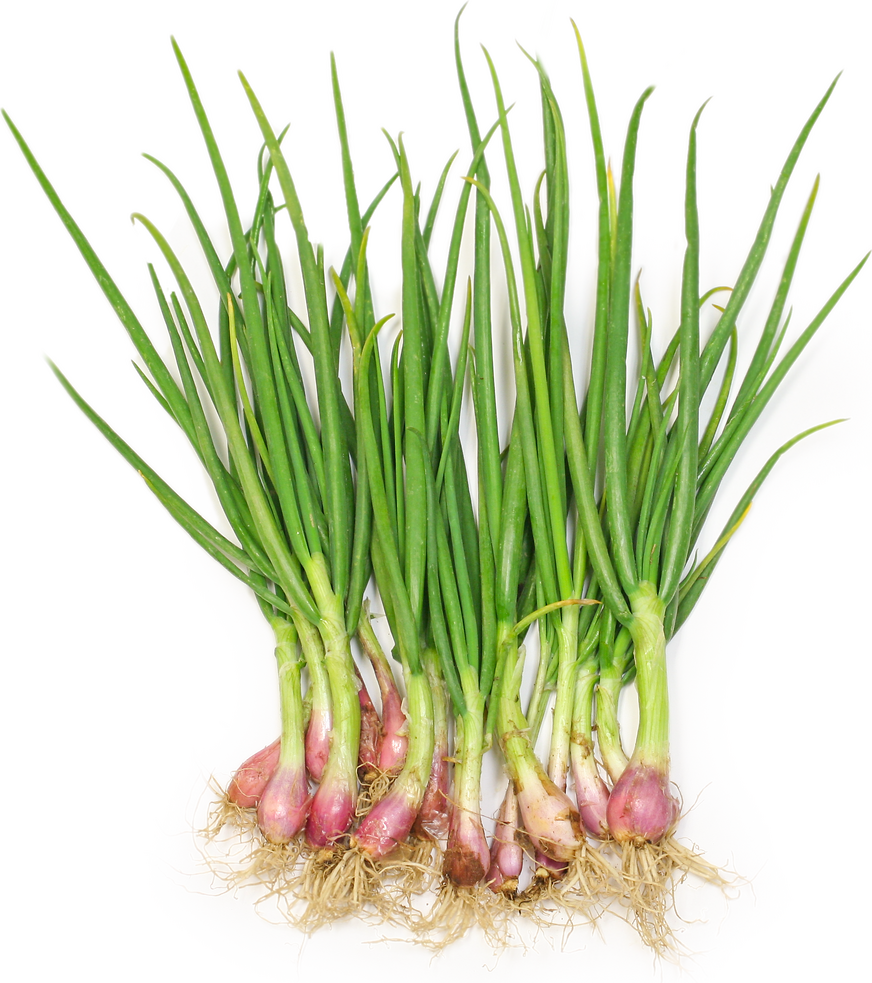 Shallot Shoots Information and Facts17 novembro 2024
Shallot Shoots Information and Facts17 novembro 2024 -
 Balsamic Shallot Mushrooms17 novembro 2024
Balsamic Shallot Mushrooms17 novembro 2024 -
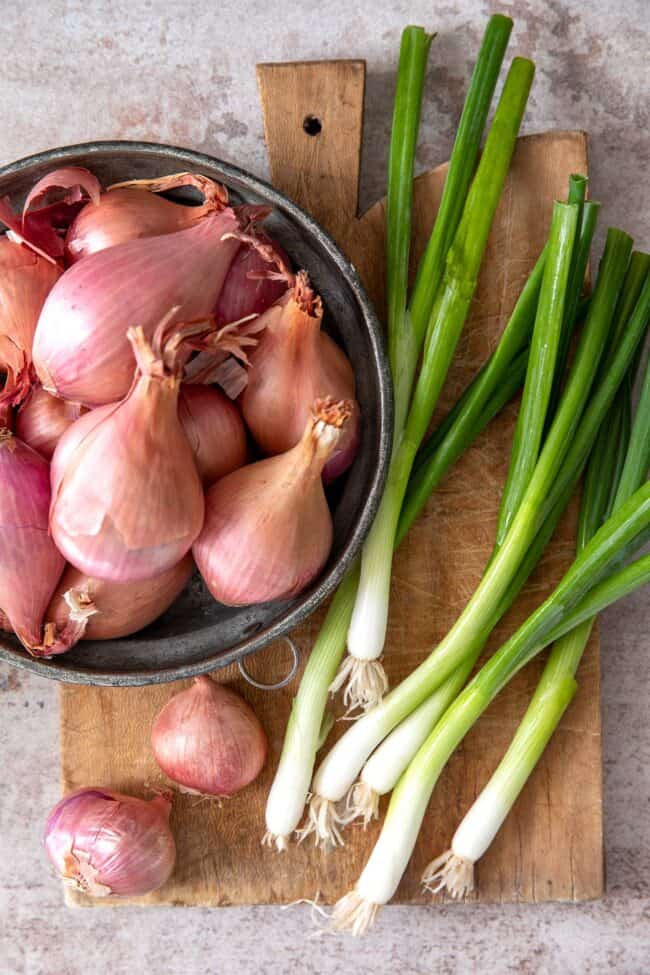 Shallots vs Green Onions - The Harvest Kitchen17 novembro 2024
Shallots vs Green Onions - The Harvest Kitchen17 novembro 2024 -
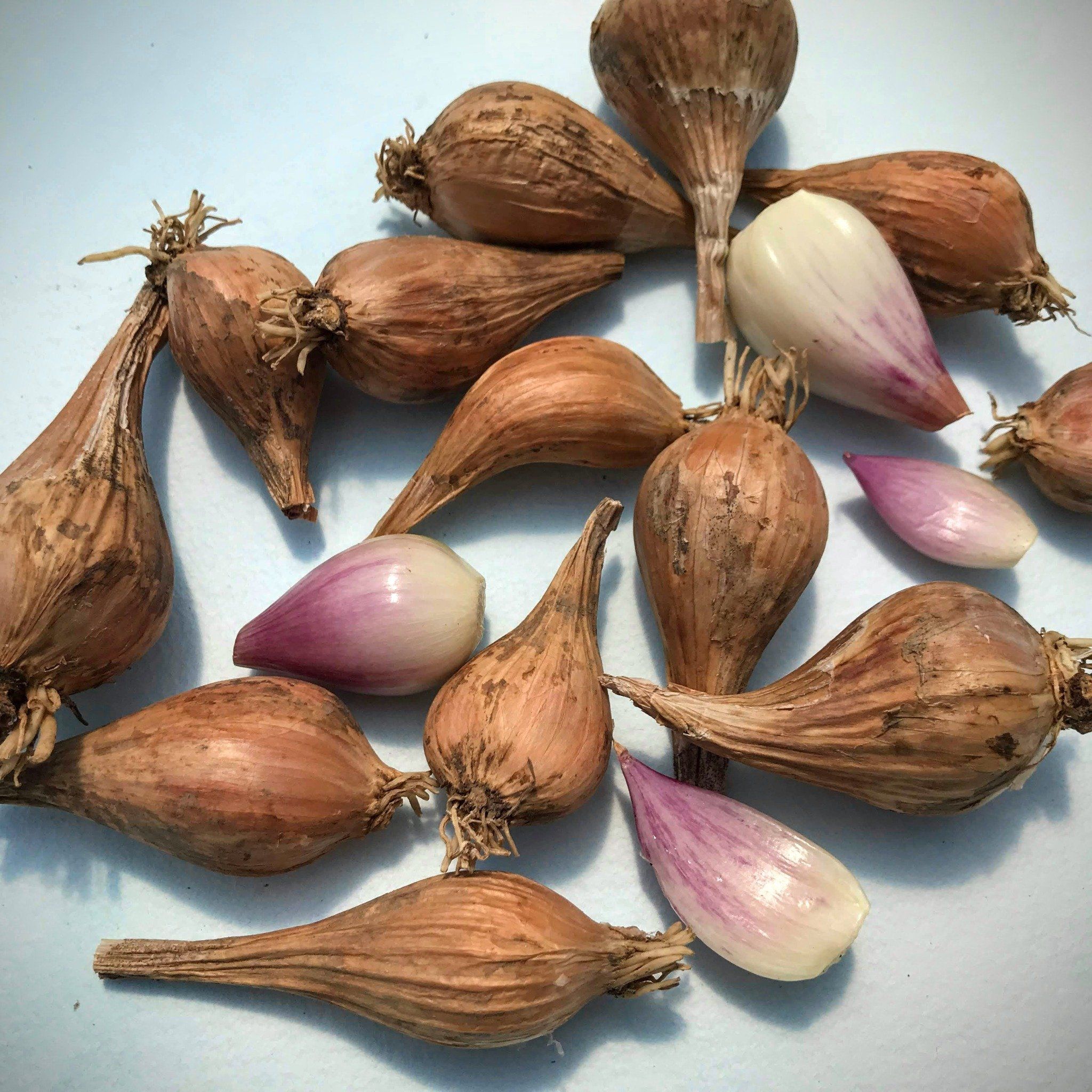 French Grey Shallot17 novembro 2024
French Grey Shallot17 novembro 2024 -
:max_bytes(150000):strip_icc()/__opt__aboutcom__coeus__resources__content_migration__serious_eats__seriouseats.com__images__2012__02__20120213-192761-two-pounds-shallots-2ae794f22b2e44ef9cd3ed88ff5e748d.jpg) On Sizing Shallots and Frying Curry17 novembro 2024
On Sizing Shallots and Frying Curry17 novembro 2024 -
Fresh Shallots17 novembro 2024
-
 What is shallot: characteristics - Ristomanager17 novembro 2024
What is shallot: characteristics - Ristomanager17 novembro 2024 -
Shallot - Wikipedia17 novembro 2024
-
 What Is A Shallot? Shelf-life & Storage @EatByDate17 novembro 2024
What Is A Shallot? Shelf-life & Storage @EatByDate17 novembro 2024
você pode gostar
-
 Psy Duck – BRIK17 novembro 2024
Psy Duck – BRIK17 novembro 2024 -
 King Legacy Script Autofarm, Auto Haki & More Cheat -202317 novembro 2024
King Legacy Script Autofarm, Auto Haki & More Cheat -202317 novembro 2024 -
 The Punisher Metallica - One (Lyrics-Legendado)17 novembro 2024
The Punisher Metallica - One (Lyrics-Legendado)17 novembro 2024 -
 O Lado Oculto Da Lua17 novembro 2024
O Lado Oculto Da Lua17 novembro 2024 -
 System Of A Down - Spiders (Official HD Video)17 novembro 2024
System Of A Down - Spiders (Official HD Video)17 novembro 2024 -
 Shachiku-san wa Youjo Yuurei ni Iyasaretai. Todos os Episódios Online » Anime TV Online17 novembro 2024
Shachiku-san wa Youjo Yuurei ni Iyasaretai. Todos os Episódios Online » Anime TV Online17 novembro 2024 -
 Açaí da Barra - Rudge Ramos, SAO BERNARDO DO CAMPO17 novembro 2024
Açaí da Barra - Rudge Ramos, SAO BERNARDO DO CAMPO17 novembro 2024 -
 Inuyashiki: Last Hero - Desciclopédia17 novembro 2024
Inuyashiki: Last Hero - Desciclopédia17 novembro 2024 -
 Gasue Gaby's Doll House Mermaid Cat Plush Flower Doll Toy Pandy Mercat Kitty Catrat Purrific White17 novembro 2024
Gasue Gaby's Doll House Mermaid Cat Plush Flower Doll Toy Pandy Mercat Kitty Catrat Purrific White17 novembro 2024 -
 Anime Questions, Recommendations, and Discussion - March 16, 2023 : r/anime17 novembro 2024
Anime Questions, Recommendations, and Discussion - March 16, 2023 : r/anime17 novembro 2024
